Tag Archives: Zoonosis
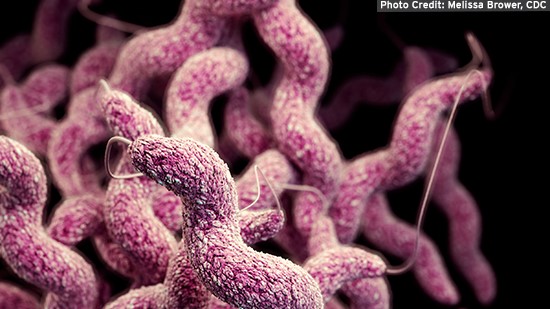
From the microbes of chickens to our plate
Campylobacter is one of the main responsible bacteria for foodborne diarrheal diseases. Most of the cases of diarrhea are associated with the consumption of food, mainly poultry meat contaminated with Campylobacter, hence, this bacterium represents a problem for food security of first order. Unlike Salmonella, Campylobacter is not part of the popular vocabulary, nor does it appear regularly in the media, although it is one of the pathogens responsible for the largest number of cases of diarrhea in humans in the European Union.
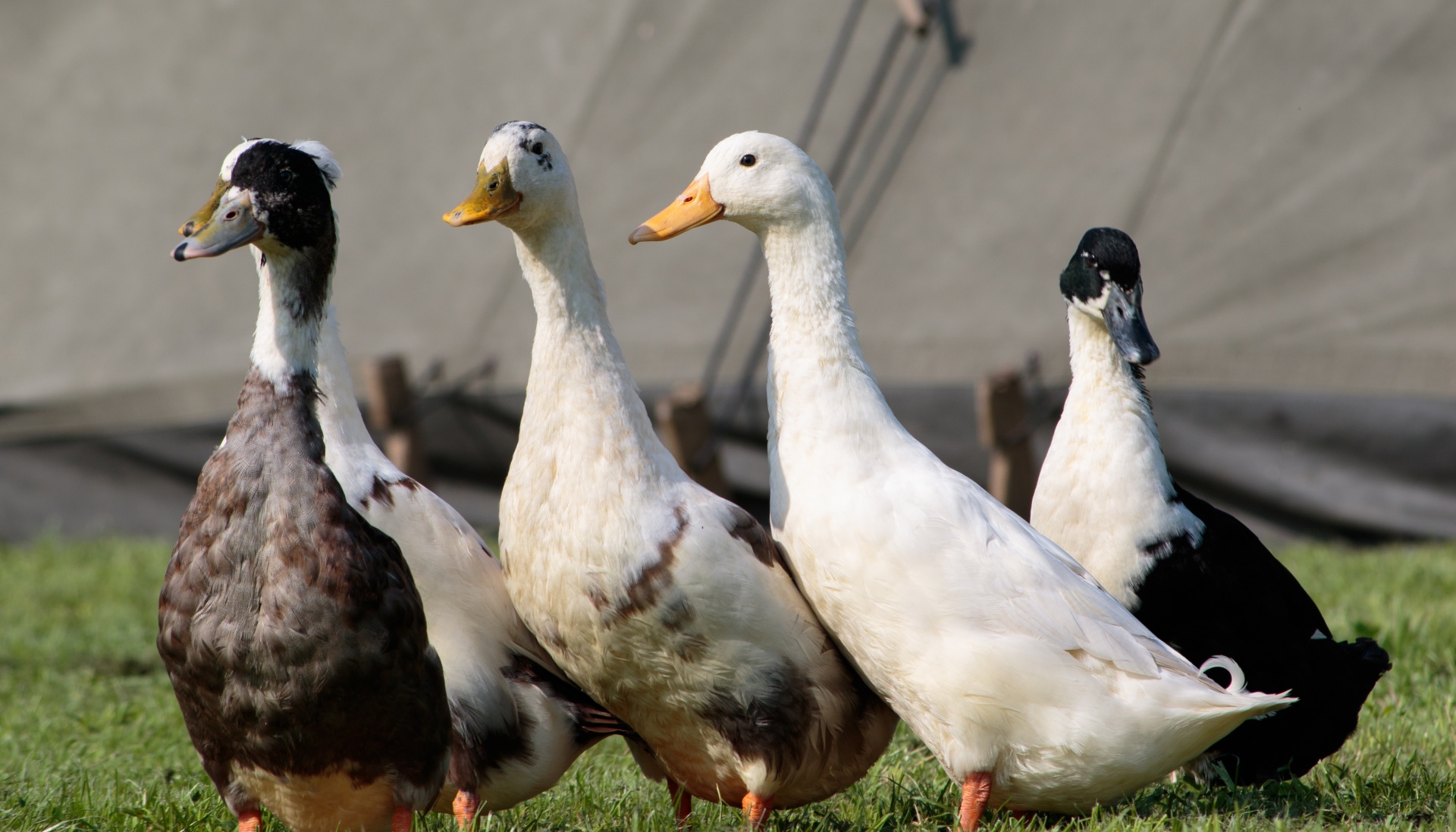
Viral Comments (35): H5N8, infectious waste are, infectious waste do not become
It already seem distant history the outbreaks of H5N8 highly pathogenic, for birds not for people, avian influenza, which took place a few months ago in Catalonia, which had an index case featuring a stork found dead in early February in the Aigüamolls de l’Empordà. The outbreak is over and nowadays, the farms, after the entry of sentinels that have given negative results are again under exploitation.
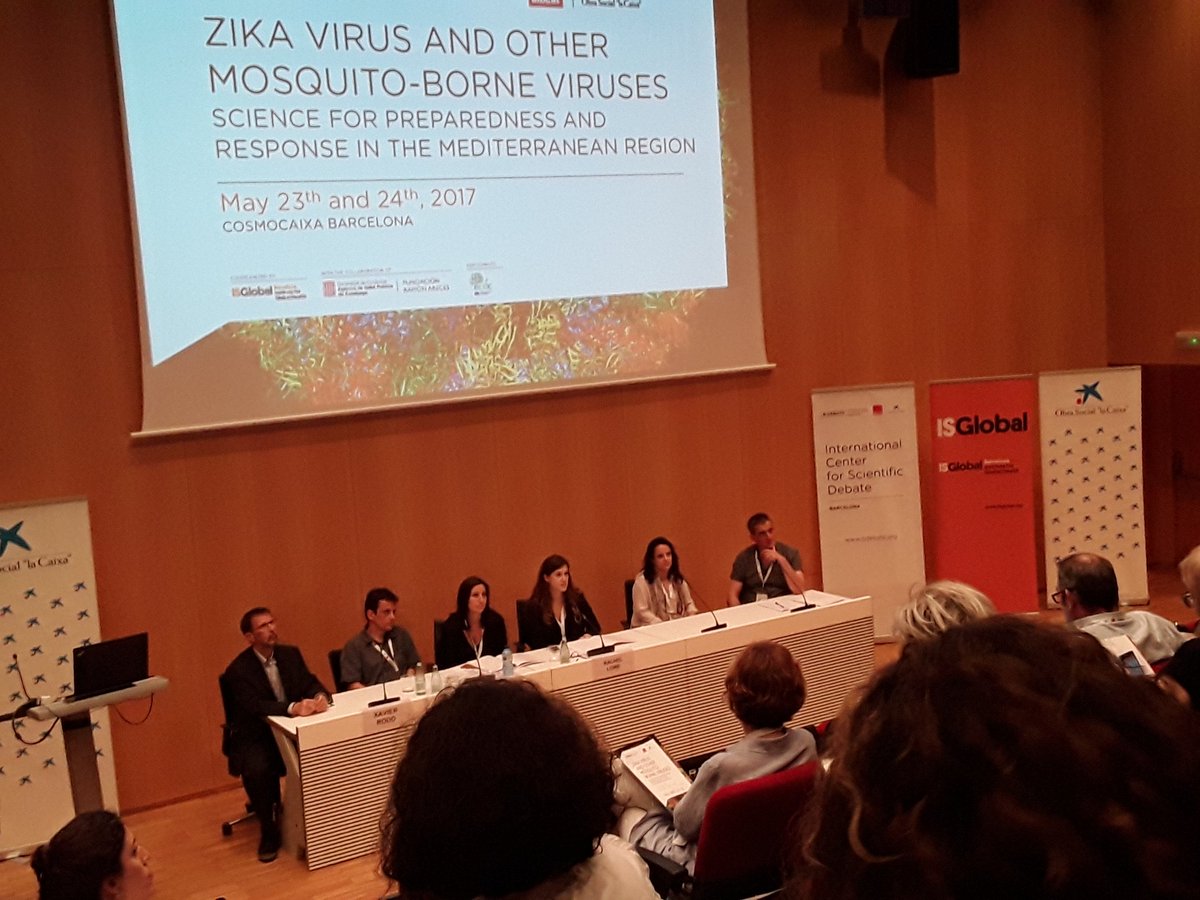
Viral comments (34): A vectorial discussion, in Barcelona
A few days ago, in Barcelona, an interesting debate was held on viruses transmitted by arthropods, that is, mosquitoes and ticks among others. The debate was a B-DEBATE, from the International Center for Scientific Debate, organized by Biocat, La Caixa Foundation and Barcelona Institute of Global Health (ISGlobal) and was quite interesting. A few notes.
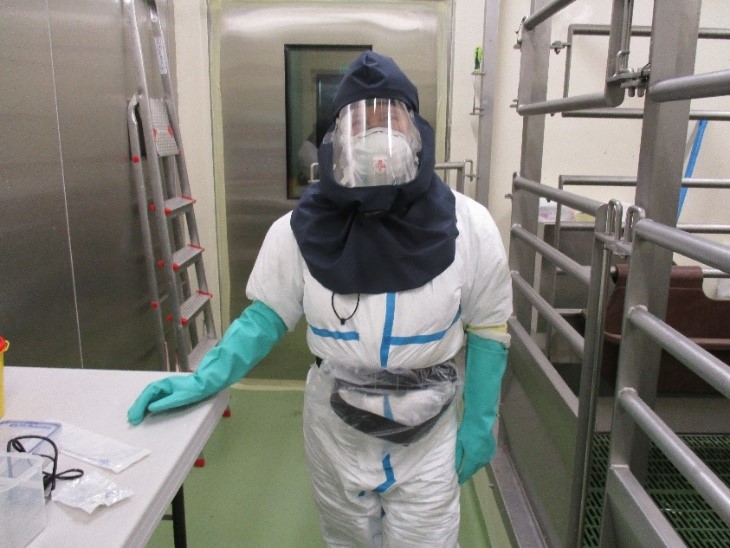
Where does MERS-CoV hide?
Coronaviruses represent a threat to humans, as evidenced during the 2002/2003 coronavirus infection of Severe acute respiratory syndrome or SARS-CoV.
February 2017, a case of highly pathogenic avian influenza was detected in a Stork in Catalonia
For over 10 years IRTA-CReSA has been conducting diagnosis and technical assistance within the surveillance program of avian influenza in wild birds in Catalonia as commissioned by the DARP. This program was initiated with the aim of an early detection of circulation of highly pathogenic avian influenza H5N1 virus that affected wild birds and poultry. The virus had been circulating Asia and was finally detected in Europe in 2006.
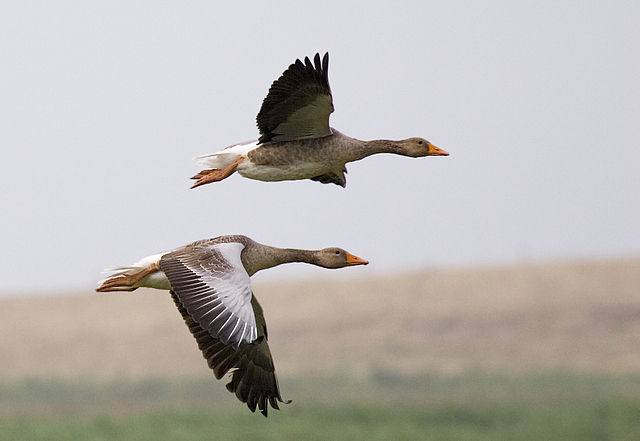
Viral comments (32): H5N8 is already here … can we prevent the next one?
In the last post, a few days ago, we commented that H5N8 avian flu had reached the other side of the Pyrenees and that soon it would jump towards the Peninsula. A few days ago the detection of H5N8 strain was reported in two common geese (Anser anser) found dead in the lagoon of La Nava de Fuentes, in Palencia (Castilla y León). This detection was possible thanks to what we call passive epidemiological surveillance.

Sane horses and unadapted prions
Time to talk about prions again, these enigmatic infectious agents that cause, among others, the mad cow disease.
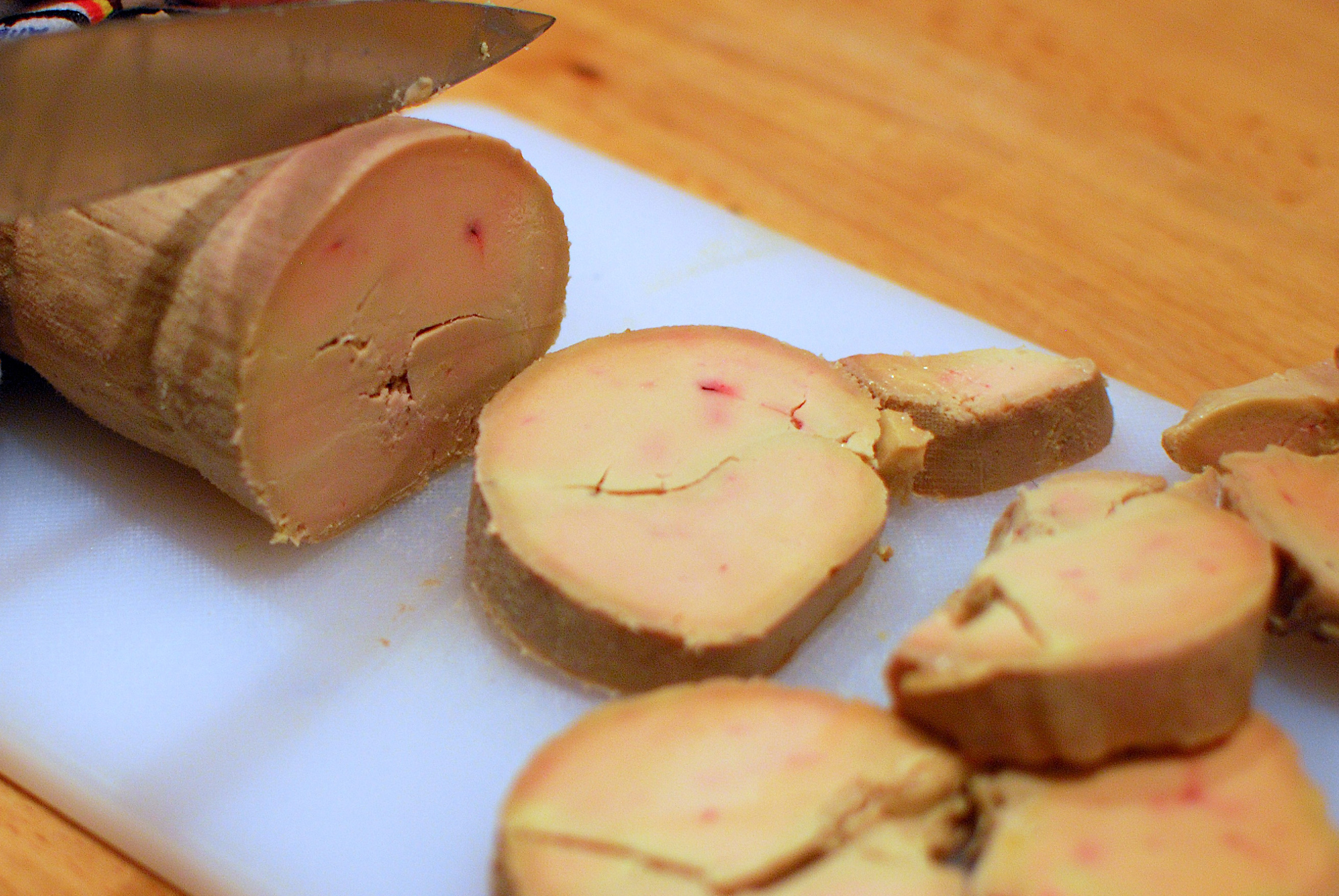
Viral comments (31): H5N8, if I were you I would rush to buy some “foie gras” right now
A few months ago, in September 2016, the United Nations agency for food and agriculture (FAO) warned of the spread of a highly pathogenic avian influenza virus, HPAI H5N8 on Lake Ubsu-Nur, in Russia. A few weeks later the virus had reached India and Europe. This would be the fourth wave of intercontinental propagation of an HPAI virus since 2005; The last one was 2014/2015. It is assumed that the main “guilt” would lie in the movements of migratory birds.








